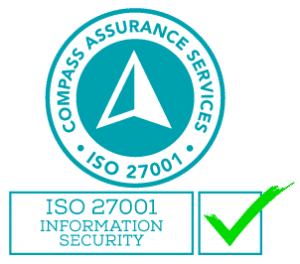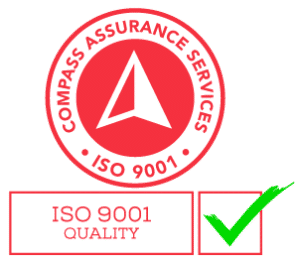With the prevalence of cyber threats, it is crucial to safeguard your company’s valuable assets, sensitive data, and infrastructure. When it comes to the Microsoft Azure Stack — a collection of Microsoft software products and technologies — it is essential to understand the risks associated with granting external users admin access.
In this article, we will explore why you should never give admin access externally and highlight the potential consequences of doing so.
What is Microsoft Azure Stack?
Microsoft Azure Stack refers to a collection of Microsoft software products and technologies that are commonly used together to build and deploy various types of applications and services. It includes Windows Operating System (OS), Azure, SQL Server, SharePoint, and much more.
The power of admin access
Administrative access grants users extensive control and privileges within a system. With admin access in the Microsoft Azure Stack, users can perform critical tasks and access sensitive resources. These include:
System configuration: Admin access allows users to modify system settings, install or uninstall applications, and manage user accounts. This level of control can disrupt the stability and integrity of your entire system.
Data access and manipulation: External users with admin access can potentially access, modify, or delete sensitive data stored within your applications or databases. This poses a significant risk to the confidentiality, integrity, and availability of your business-critical information.
Network permissions: Admin access grants users the capability to configure network settings, open ports, and even establish unauthorised connections. This could expose your organisation to external attacks, data breaches, or unauthorised access from malicious actors.
The dangers of external admin access
Granting external users admin access, either intentionally or unintentionally, introduces several risks that can harm your organisation’s cyber security posture. These include:
Malicious intent: External users with admin access can intentionally misuse their privileges to cause significant harm. They may steal sensitive data, manipulate or delete critical files, or disrupt essential services, leading to financial losses, reputational damage, and legal repercussions.
Insider threats: Admin access increases the risk of insider threats, where authorised users with malicious intent misuse their privileges. External parties with admin access might exploit vulnerabilities, share credentials, or collaborate with internal individuals to compromise your organisation’s security.
Unintentional errors: Even well-meaning external users may inadvertently make errors that can have severe consequences. Misconfigurations, accidental deletions, or unauthorised modifications can lead to system failures, data loss, and operational disruptions.
Vulnerability exploitation: Granting external admin access can expose your organisation to increased vulnerability risks. External users might exploit security flaws, weak configurations, or outdated software versions, leading to unauthorised access, data breaches, or the installation of malware.
Compliance and regulatory concerns: External admin access can raise compliance and regulatory concerns, especially in industries with strict data protection requirements. Failure to maintain adequate control over admin privileges may result in penalties, legal liabilities, and damage to your organisation’s reputation.
Mitigating external user risks
To safeguard your organisation against the risks associated with external admin access in the Microsoft Stack, consider implementing the following best practices:
Principle of least privilege: Grant external users only the minimum privileges necessary to perform their specific tasks. Limit access to sensitive data, critical systems, and administrative functions to authorised personnel only.
Strong authentication and access controls: Enforce robust authentication mechanisms, such as multi-factor authentication (MFA), and implement stringent access controls. Regularly review and revoke admin access for external users who no longer require it.
Monitoring and auditing: Implement comprehensive monitoring and auditing mechanisms to detect unauthorised access, abnormal user behaviour, or data movement. You can do this through vulnerability scans, penetration testing, and advanced cyber security solutions like Microsoft Sentinel SIEM.
Training and awareness: Educate your employees and external users about the importance of cyber security and the risks associated with admin access. Provide training on best practices, password hygiene, and recognising potential threats such as phishing attempts or social engineering tactics.
secure remote access: If external users require remote access to your Microsoft Stack environment, implement secure remote access solutions such as virtual private networks (VPNs) or remote desktop services. Encrypt communications and enforce strong authentication methods to minimise the risk of unauthorised access.
Regular backups and disaster recovery: Implement a robust backup and disaster recovery strategy to ensure that critical data and systems can be restored in the event of a security incident or data loss. Regularly test and validate your backup processes to ensure their effectiveness.
Monitor and manage your Microsoft environment with expert security assistance
The Microsoft Stack offers a powerful set of tools and technologies that enable organisations to build and deploy robust applications and services. However, it is crucial to exercise caution when granting admin access to any users, both inside and outside your organisation.
Certified Micrososft Partner Steadfast Solutions can help you manage your Microsoft environment, user access permissions, and cyber security needs to ensure your users only have the permissions needed to do their jobs. Talk to them today about enhancing your security posture.




